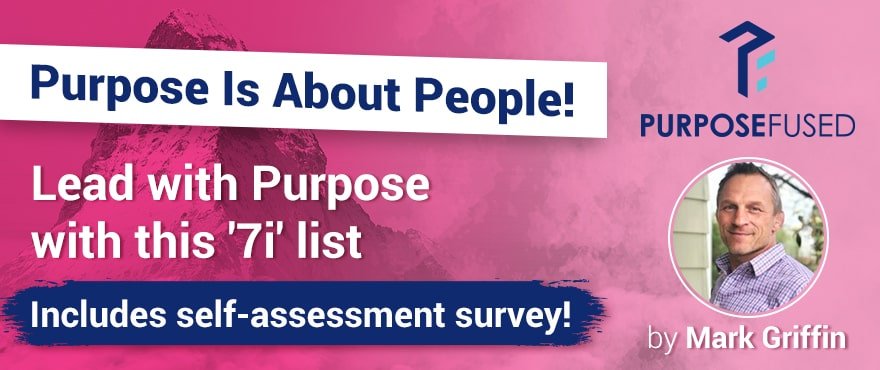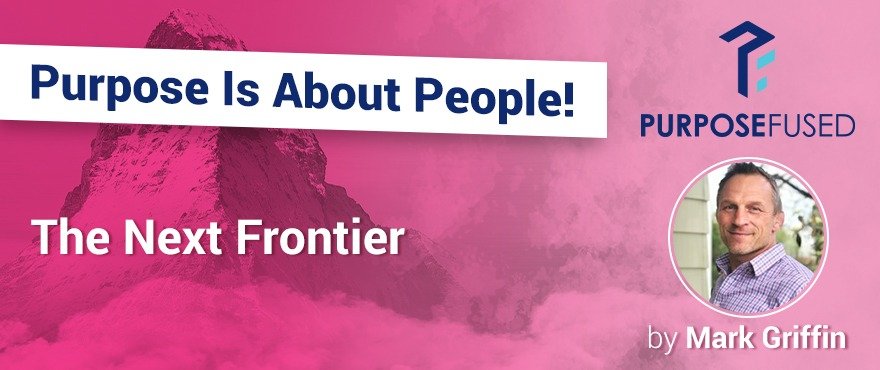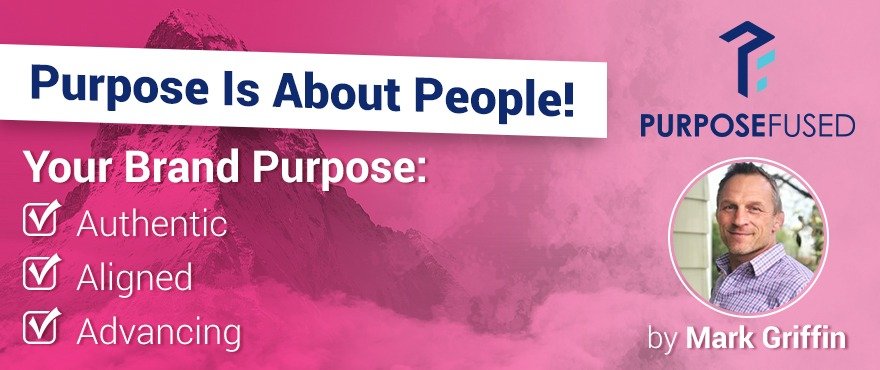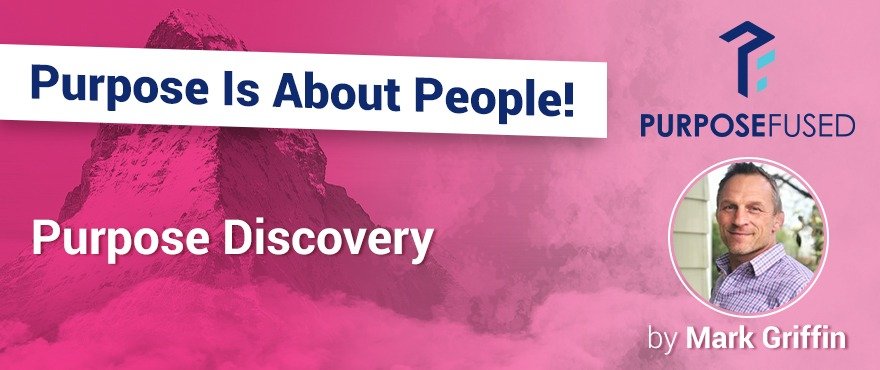Exceed Your Brand’s Promise Through Purpose-driven Collaboration
Now that your brand purpose has met (and will continue to meet) the 3As test (authenticity, alignment, and advancement) as a solid fit within the organization, how can you convene stakeholders around the brand?
The best brands in the world create loyalty beyond reason. The best purpose-driven brands create mass movements. We’ll touch more on the cause-component of brands in our next article. For now, we’re focused on a model for collaboration which you can use to evaluate your best approach with the right stakeholders, to accelerate market momentum.
The visual is here, with a brief explanation of the process and components below.
Above: PurposeFused Brand Collaboration Model. PurposeFused 2021
Effective collaboration requires all 5 of the following components in place
Too often collaboration fails because one of these is missing. Look back at some failed collaborative attempts you have had, and you’ll be able to pick out the missing piece/s.
1. Backbone:
You start from inside-out, with the first step being clear identification of who is going to drive the collaborative process. It is this person or team’s responsibility (the backbone) to Align the stakeholders, Assess progress and Adapt accordingly, from the collaboration discovery process, through the entire brand lifecycle. Be very clear who has this responsibility.
2. Purpose:
With that set, you compare the brand purpose and the stakeholder purpose, with a view to establishing a shared purpose. Explore the synergies:
What are both the brand and stakeholder passionate about?
What do they both believe in?
What together can they be world class at?
What positive impact could they make?
Without a shared purpose, there’s no point continuing the process.
3. Motivation
The shared purpose itself is motivational but it’s not enough. It needs focus, direction, and people behind it. These three things are provided by aligned visions, complimentary promise (the ideal version of the brand and stakeholder in the market) and complimentary cultures (consider, values/principles and how well they align and complement each other).
4. Contribution
Contribution is about being crystal clear on exactly who does what.
What is each organization bringing to the table and committing to ensure the brand is a success?
Who specifically are the people involved?
What are their roles and responsibilities and how well do those fit our needs?
How much capital do we need to invest and where exactly is that coming from? Ensure that has been agreed to and documented.
Finally, what IP and tech do we need and which of these is party is delivering?
Ultimately, there’s a gap analysis that needs to be done here too. Do we have enough of the needed contributions committed to, in order for this brand to be a success?
5. Impact
Finally, there’s absolutely no point in collaborating, no matter how well the other components fit together, unless it creates incremental impact. That being, 1 + 1 = > 3, as a baseline.
The incremental 50% of impact makes up for the considerable amount of time, energy and resource that goes into a successful collaboration. So, in effect 3 is the break-even in terms of opportunity cost.
Therefore, make sure you are very clear on how impact will be defined – in this model we use incremental impact on other stakeholders, on society and on revenue, how it will be developed (what specifically are we doing to deliver this impact), and how it will be distributed or measured.
How to use the Brand Collaboration model:
You can use this model for any collaborative effort. We suggest you work in this order:
Start at the center, with identifying who will be involved and contributing to the collaborative brand design process. Should the collaboration move forward, this design group will together identify the backbone team to take things forward;
Second work one step out, on shared purpose. If this isn’t a good fit, there’s no point going forward, as the brand collaboration will not be sustainable;
Next, we prefer to hop out to the impact. Ultimately, that’s what we’re in this for, so let’s establish whether we think 1 + 1 = > 3 is feasible, before we spend too much time on digging into details. We can then work out how to get there;
Then, jump back into Motivation, to ensure we’re aligned and complimentary on how we can create a cohesive culture, working together towards a shared vision and promise;
Finally, get very specific about what specifically each party can bring to the collaboration party!
Effective collaboration drives better performance, which together with incremental impact materially increases long-term value (brand equity). Done right, these types of purpose-driven collaboration even have the potential for the brand to exceed its original promise. In the world of marketing, isn’t that a dream worth pursuing?
Continue to the next article “Brands Doing Good: An Introduction to Cause Fusion, as the Next Frontier beyond Cause Marketing”.
About PurposeFused
At PurposeFused, we use purpose to unlock people’s potential to optimize their performance and impact. We act as Purpose Partners with organizations, individual leaders and teams to solve immediate challenges while driving long-term value. We do this by inspiring people and organizations to establish meaningful objectives fused with purpose, so they can be intentional about the positive impact they aspire to have on themselves, each other and society as a whole. Everything we do is at the intersection between people, purpose and performance, with the vision of making a meaningful contribution to a better world with purpose.
Did you miss PurposeFused at Agency Growth Events Season ONE?
Livestreamed over three virtual events in Q4 of 2021, Agency Growth Events brought together experts from the worlds of Digital Agencies, Media, and Management Consulting to talk about How to Grow a Digital Agency.
Watch📹 “The Personality of Purpose” by Mark Griffin and Neil Turnham, PurposeFused.






